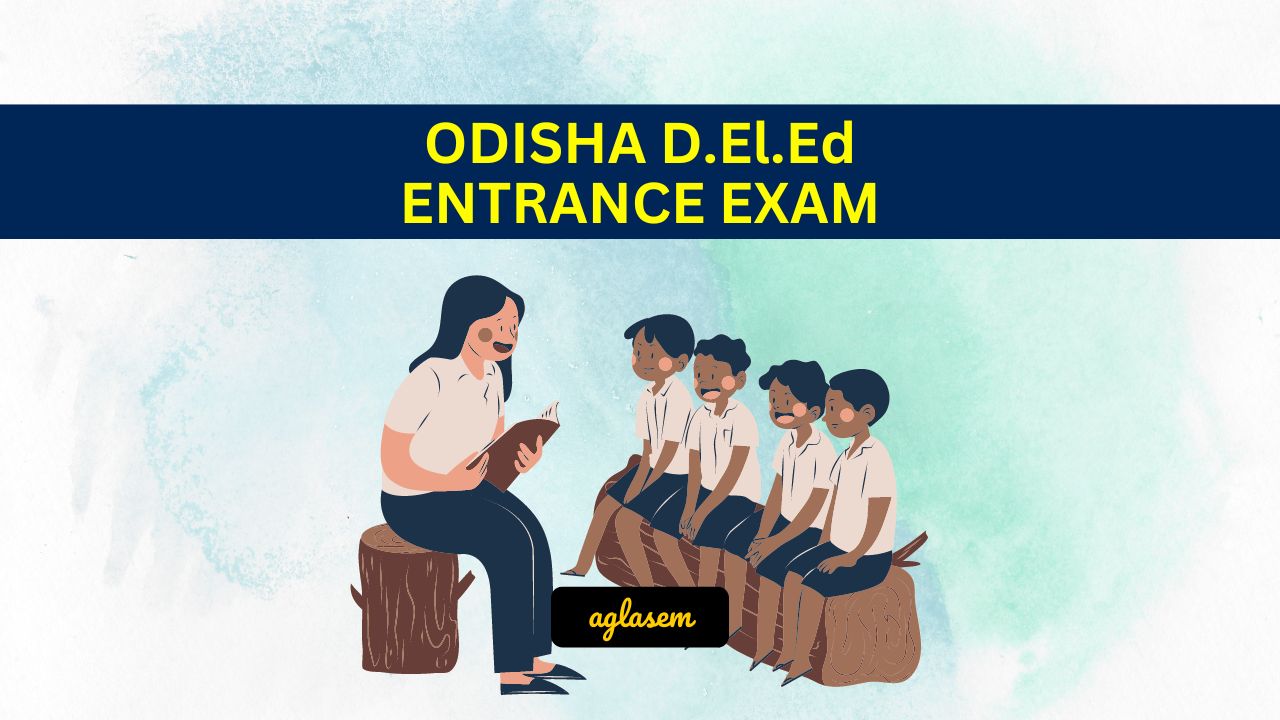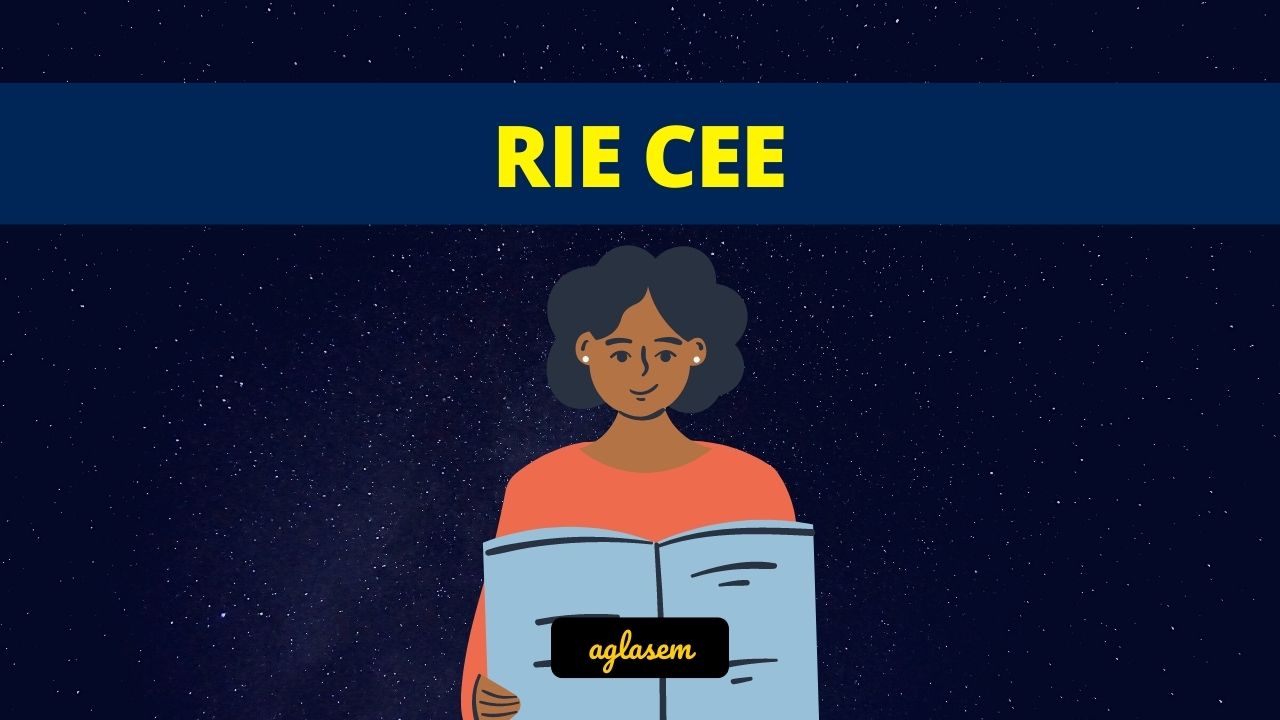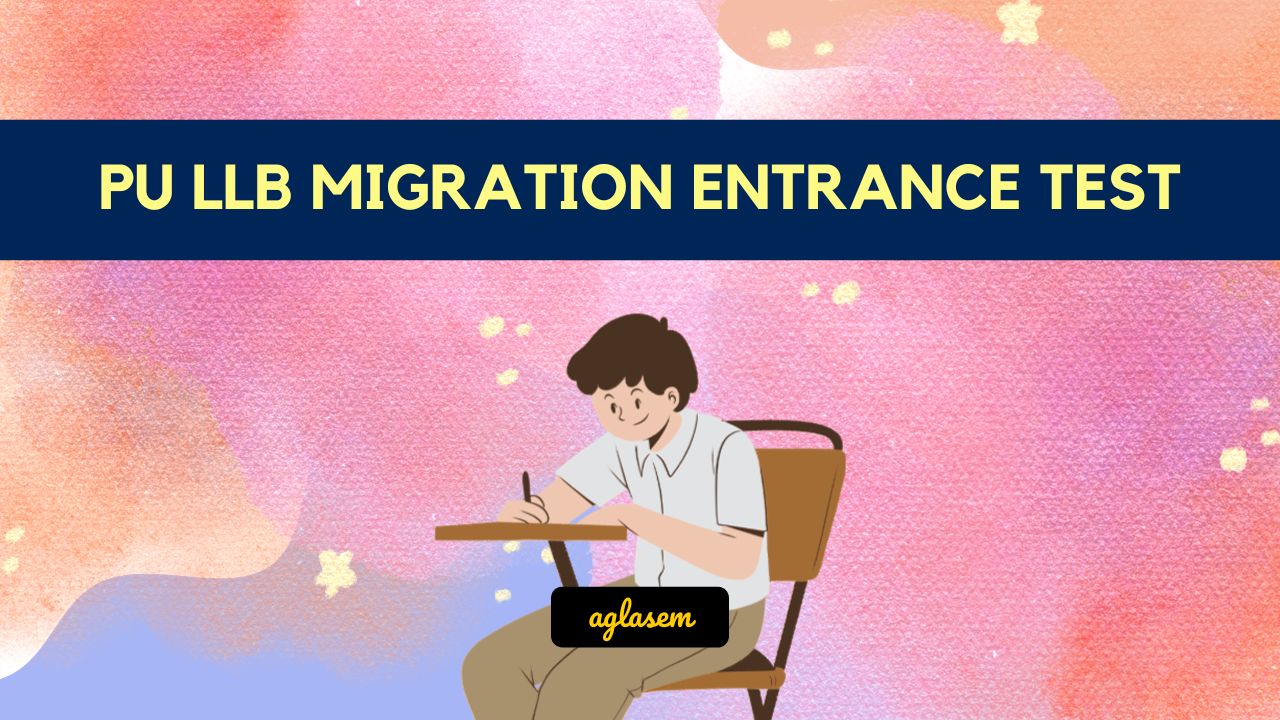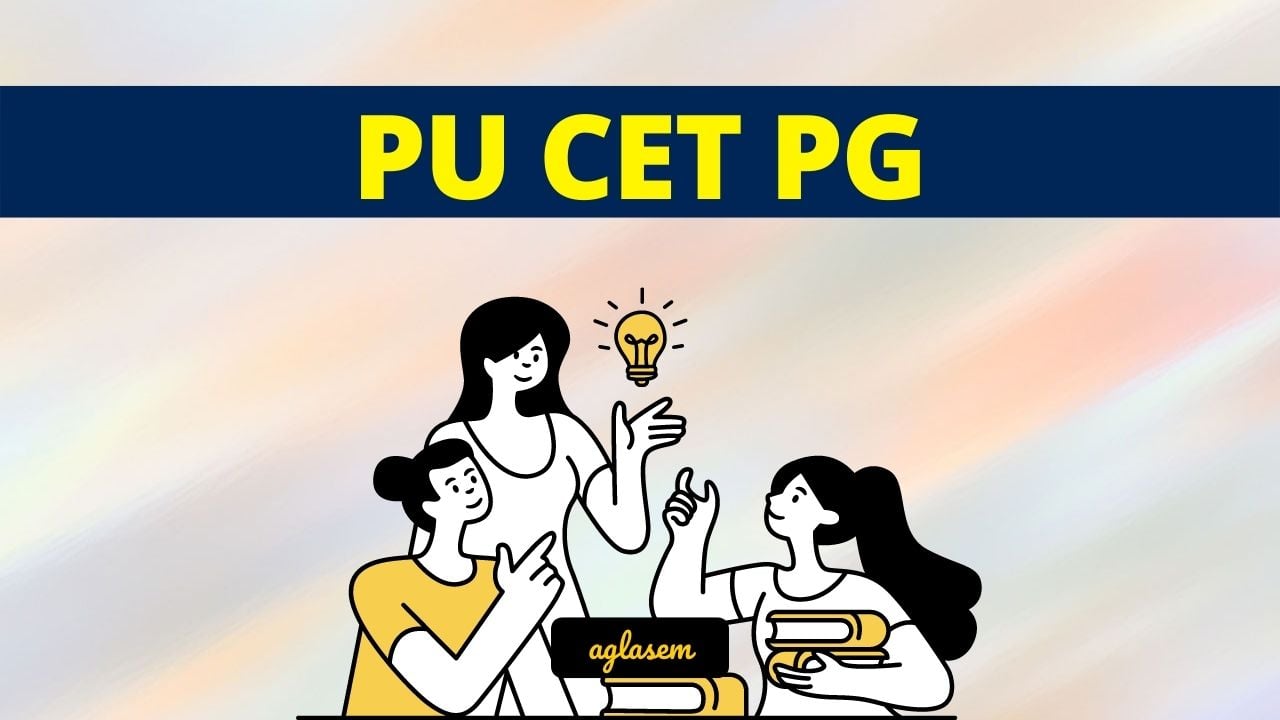Get here JEE Main Sample Paper 2025 for the engineering entrance exam. With the help of these JEE Main Sample Paper PDFs, you can gain better insight into the exam pattern and develop a strong understanding of the topics covered under the JEE syllabus. Download the JEE Main 2025 Sample Paper Set A for the B.Tech Course now!
JEE Main Sample Paper 2025 PDF Set A
View JEE Main Sample Paper 2025 for B.Tech course here.
JEE Main Sample Paper B.Tech Set A View DownloadAt aglasem.com, we are providing a wide collection of sample question papers for JEE Main along with previous year question papers so that candidates can access all of them in one place.
JEE Main Sample Paper 2025 PDF Download
Above jee main sample paper can also be downloaded in the form of PDF. In order to download you can use the download link given above the sample paper or you can also download JEE Main Sample Paper Set A from here.
These papers will boost your exam preparation for the national-level engineering entrance examination.
More JEE Main Practice Papers by AglaSem
- Practice Paper 1
- Practice Paper 2
- Practice Paper 3
- Practice Paper 4
- Practice Paper for B.Arch Set A
- Practice Paper for B.Arch Set B
- B.Plan Practice Paper
- Drawing Test Practice Paper
Understanding the JEE Main Paper 1: BE / B.Tech Exam Structure
The JEE Main Paper 1 for aspiring engineers focuses on three core subjects: Mathematics, Physics, and Chemistry. Each subject is designed to assess candidates’ understanding through a combination of Objective Type questions, specifically Multiple Choice Questions (MCQs) and numerical answer questions. This format ensures that students face an equal distribution of questions across all three subjects, with 20 questions in Section A and 5 questions in Section B for each subject, totaling to 75 questions in the exam. This balanced approach helps students demonstrate their proficiency effectively, as each subject contributes 100 marks, culminating in a total of 300 marks for Paper 1.
The exam is conducted in a Computer Based Test (CBT) mode, which allows for a streamlined and user-friendly examination experience. It’s important to note that there is a negative marking system in place: candidates earn +4 marks for each correct answer, lose -1 mark for incorrect ones, and earn 0 marks for unanswered questions. This system encourages careful consideration of answers, especially in Section A, where incorrect MCQs can significantly affect overall scores.
Section B presents a unique challenge, as candidates must input their answers as numerical values using an on-screen virtual numeric keypad. It’s crucial to round off answers to the nearest integer to adhere to the exam’s requirements. With clarity on the marking scheme and structure, candidates can better strategize their preparation, ensuring a well-rounded approach to mastering the JEE Main Paper 1.
All the best!
To get exam alerts and news, join our Whatsapp Channel.




























